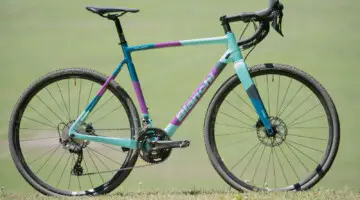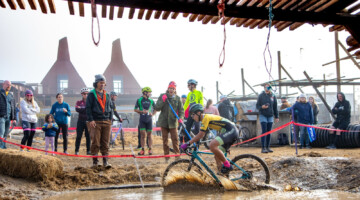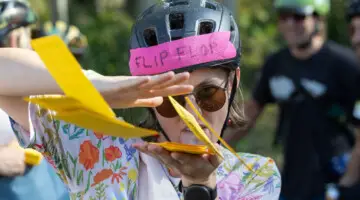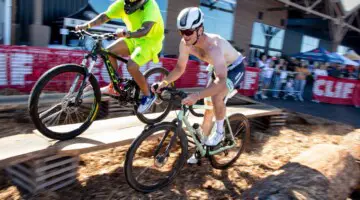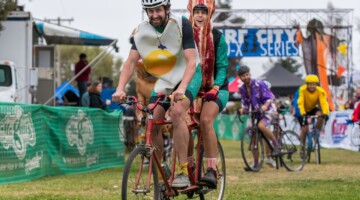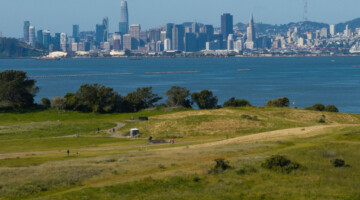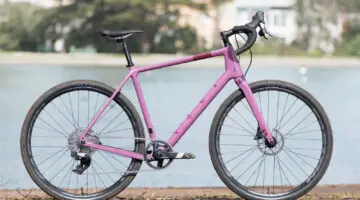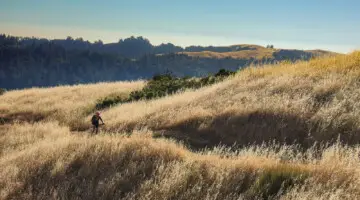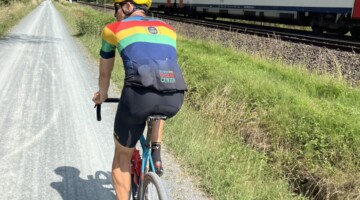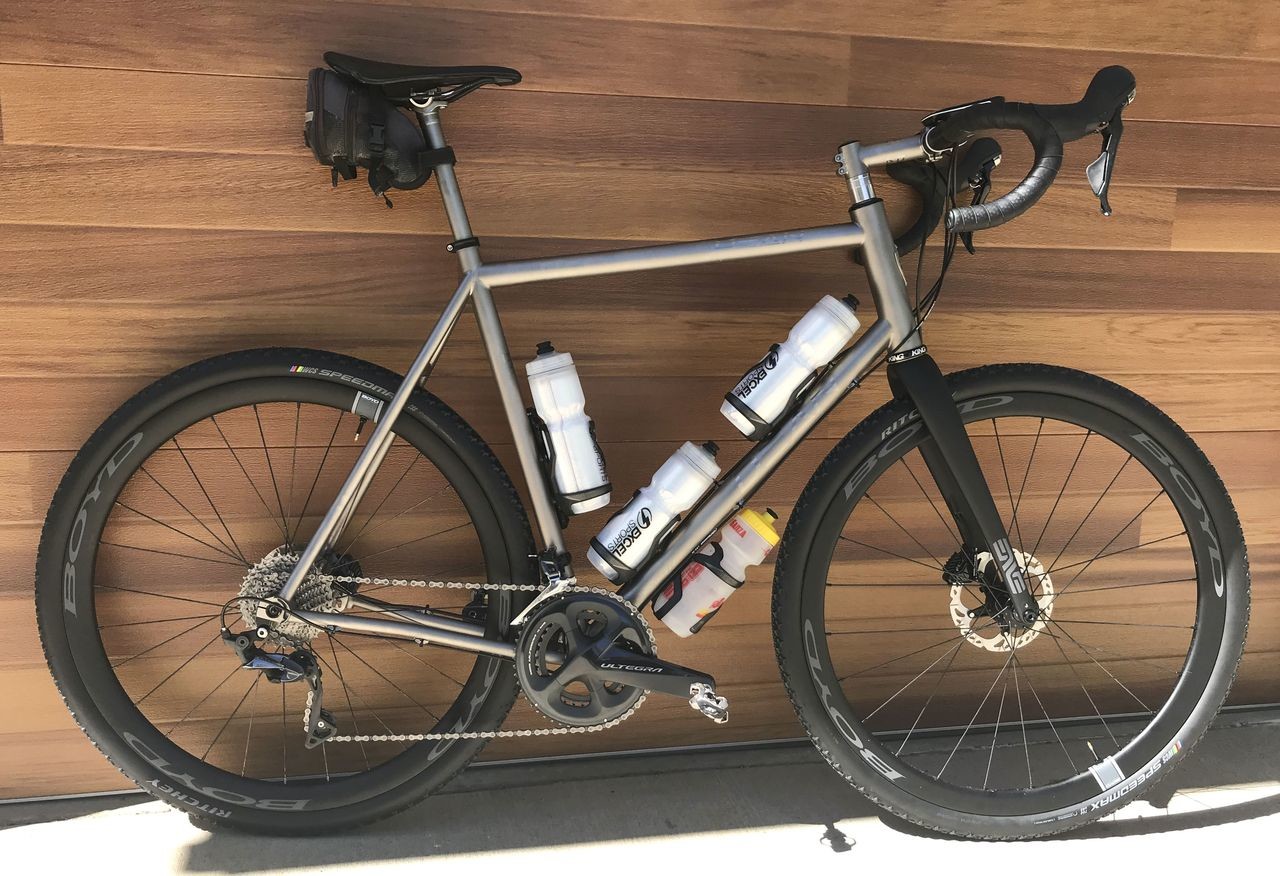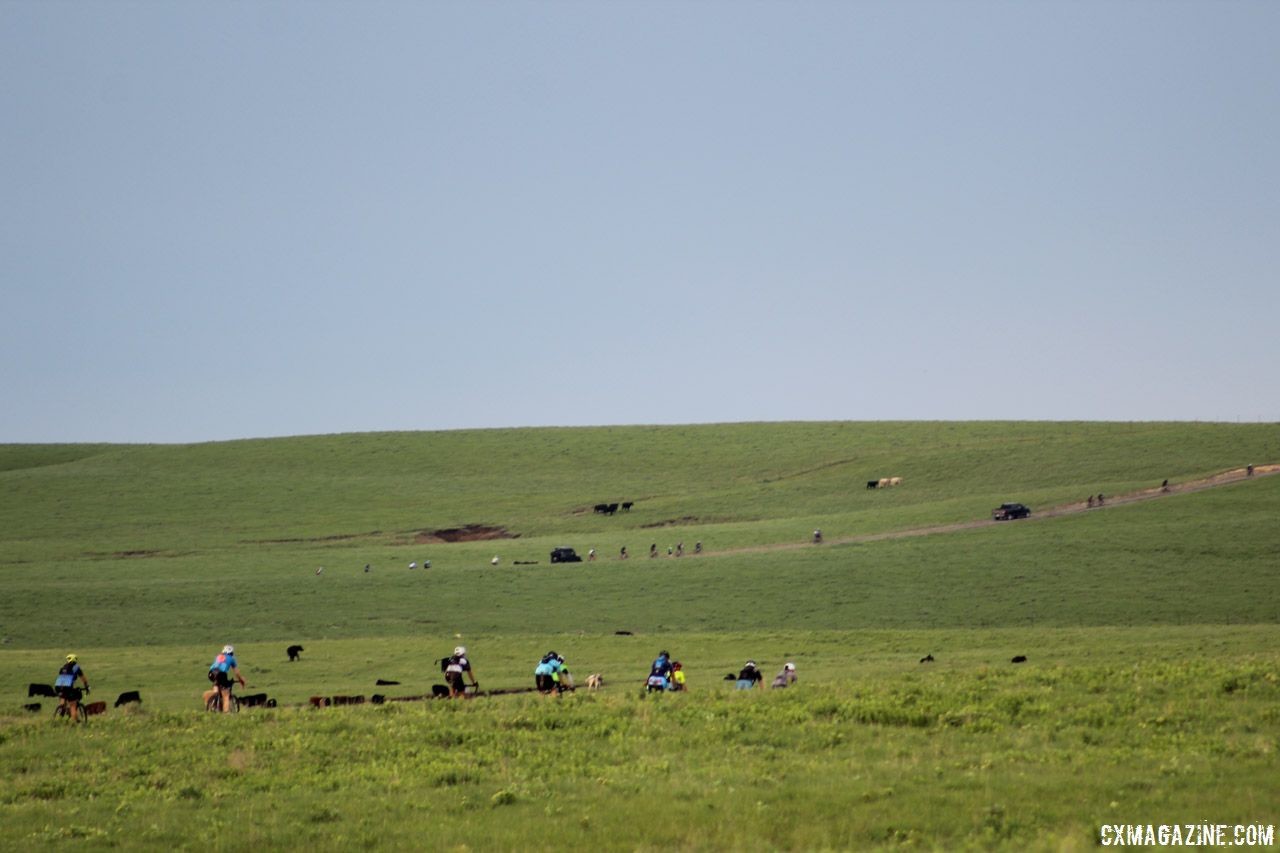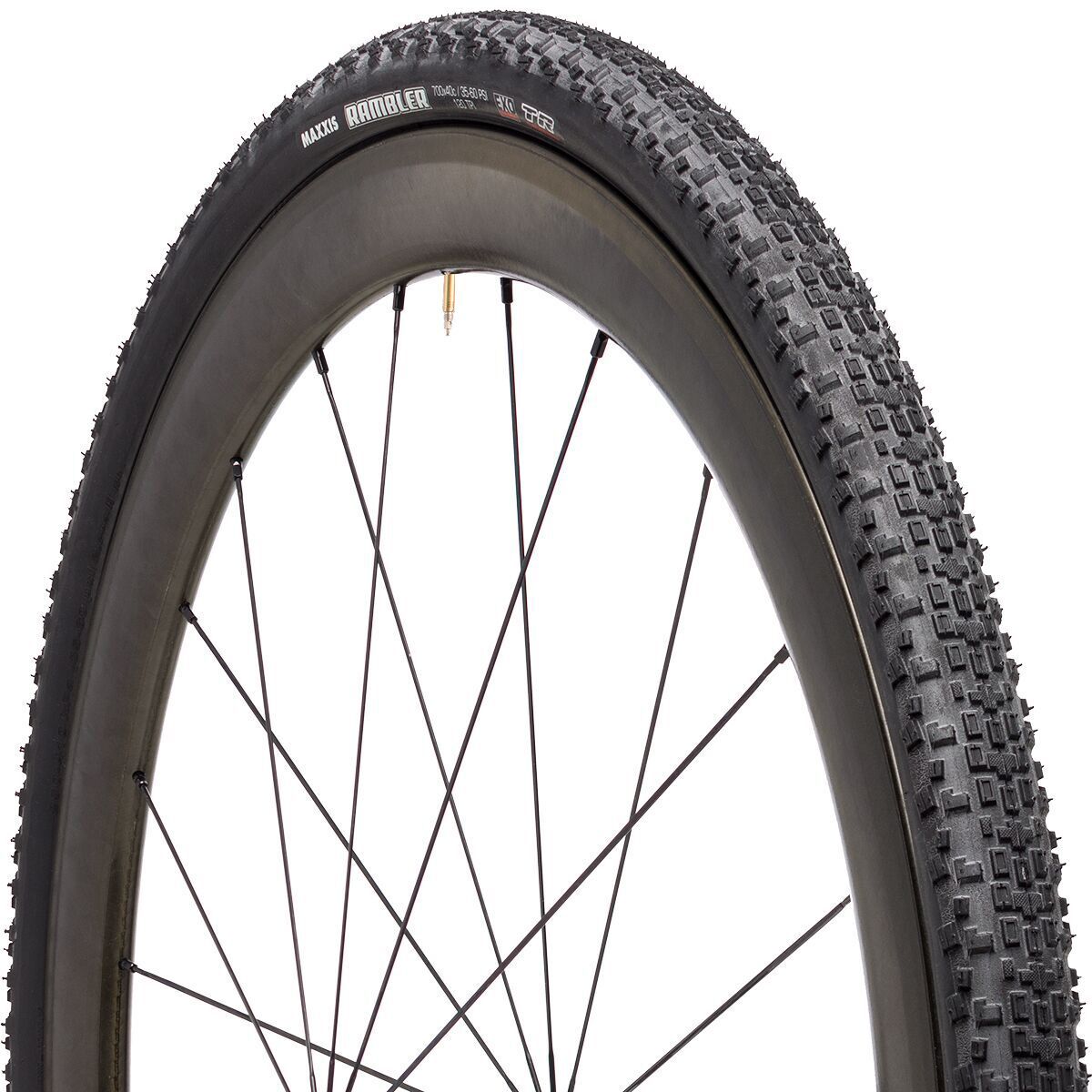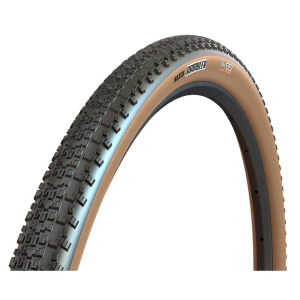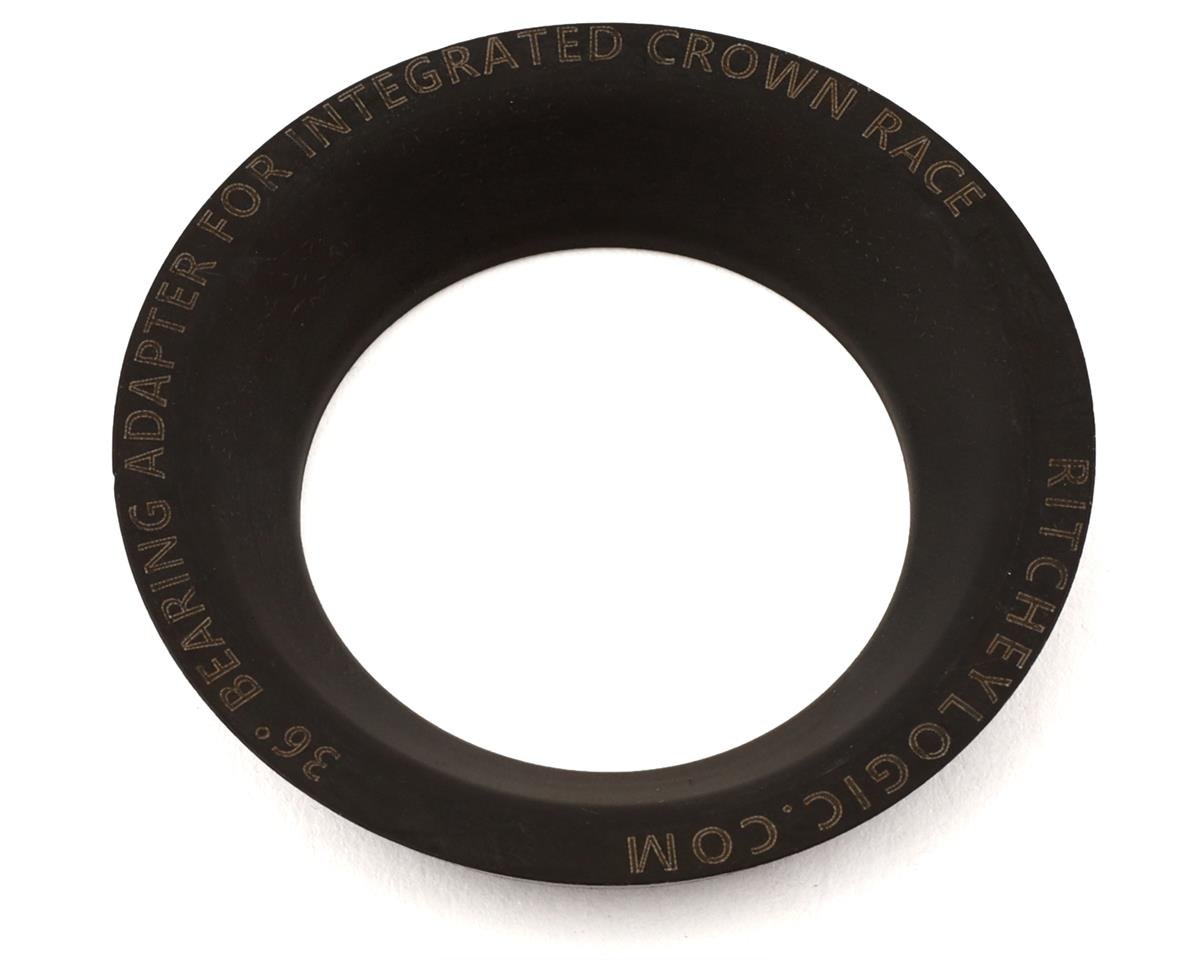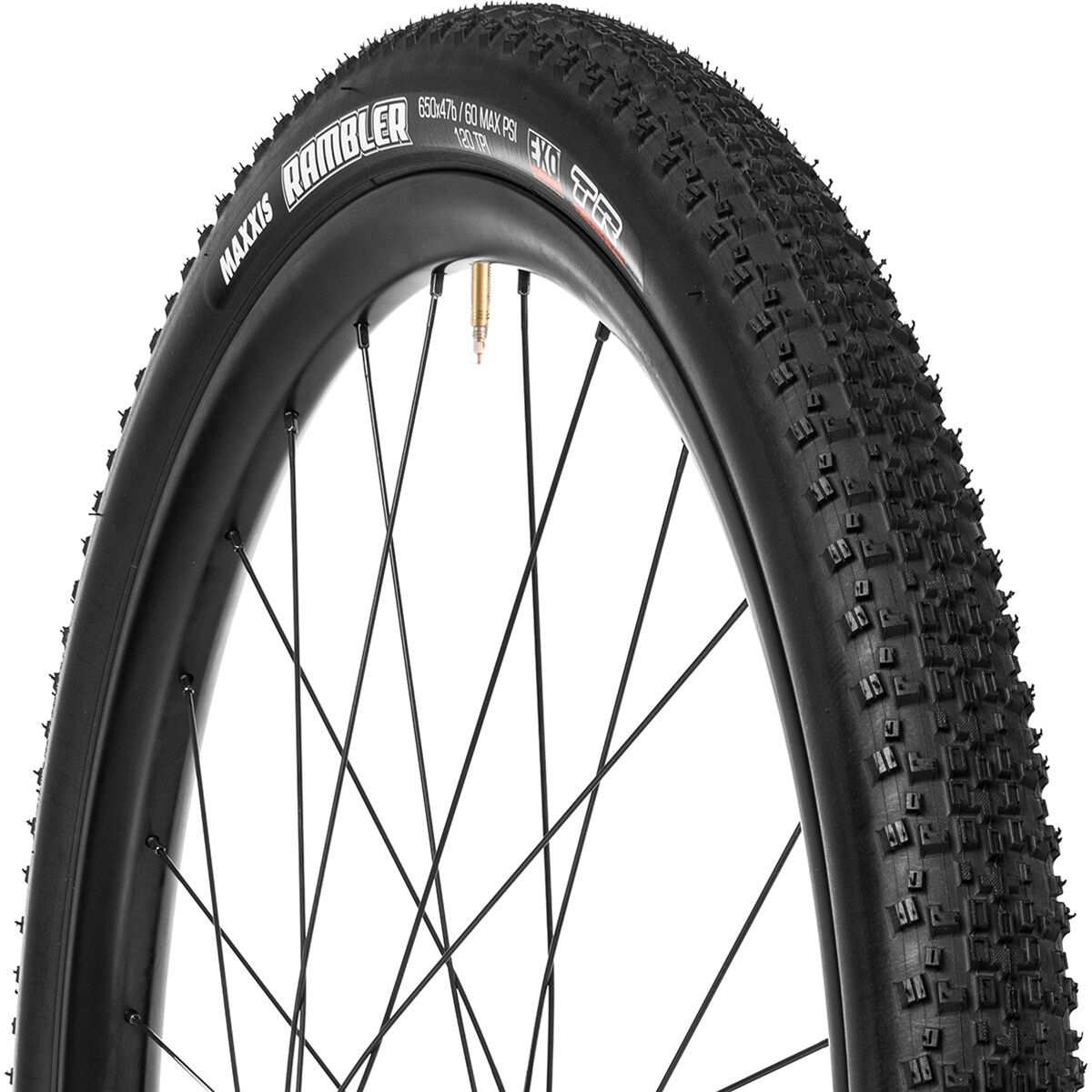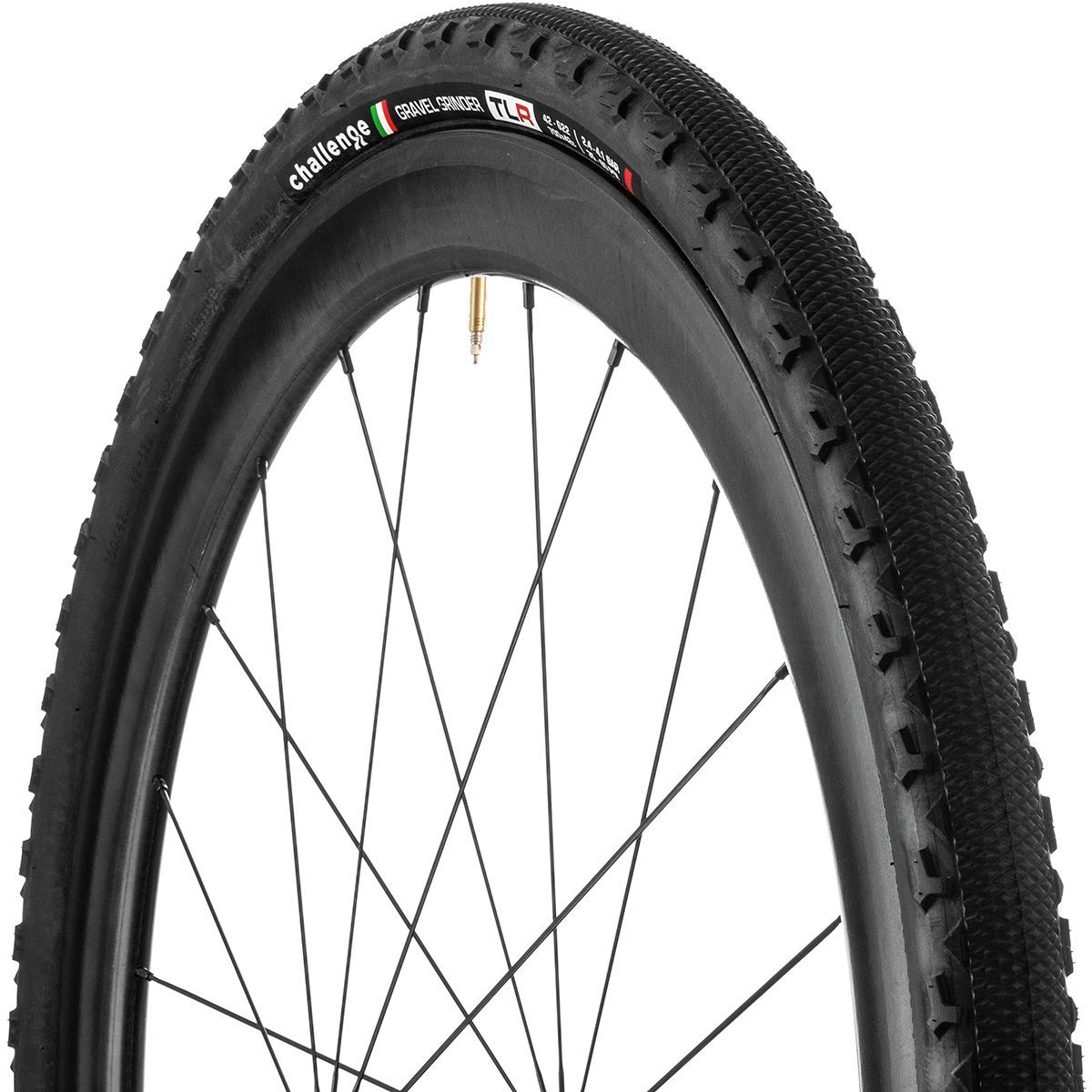After completing two Dirty Kanzas, Colorado’s Mark Symns was unable to break through the lottery put in place for the last two years. Thanks to some last-minute luck, Symns snuck into the field for the 2019 Dirty Kanza 200.
In his pre-race gravel report, he shares what he has done to prepare for Saturday’s race. He will check back in after his 202-mile day to report on how it went.
by Mark Symns
They say that life often throws you curveballs, but this year I got one that was a pleasant surprise for once.
I rode the Dirty Kanza 100 in 2015 and 200 in 2016, but like most people, missed out on the lottery the last two years. After this year’s disappointment, I agreed to meet some friends in Eskridge, KS on May 11th for the Gravel Ride for Maisie’s Pride.
This winter I had a Dean Torrey’s gravel bike custom made, and come hell or high water, I was going to ride some legit, Flint Hills gravel. Maisie’s was no doubt 119 miles of the quality Flint Hills gravel I was looking for, and I considered my hunger for gravel satisfied.
But more than a week after Maisie’s, my usual post-race indulgence of beer and donuts was interrupted by an email containing a registration code for the DK 200.
Thanks to some good luck, I was in! But when you live an hour north of Denver, there’s more to heading to Emporia, Kansas for a 200-mile unsupported ride than having a registration code.
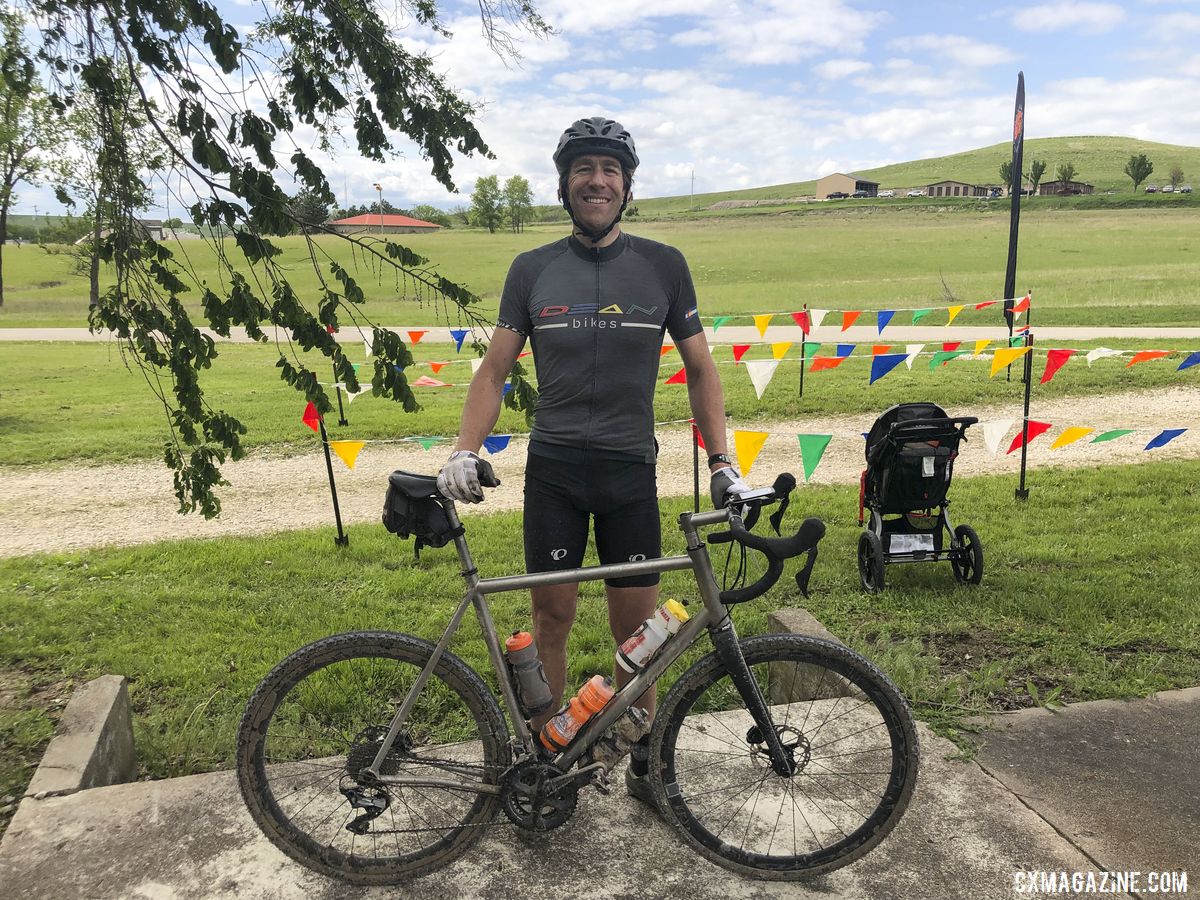
After Maisie’s Pride, Symns got the good news he was headed to the Dirty Kanza.
Could all the necessary elements be pulled into place? Time off work? Check. Lodging? Check. (sort of—one night sleeping in a minivan counts, right?). Hiring a support crew? (dragging my 2-year-old and 7-month-old to Emporia and back was not something my wife or I were willing to consider) Check.
Turns out I didn’t have a legitimate excuse not to pull the trigger. DK200 2019, here I come, ready or not.
Next, every gravel rider’s obsession—gear. The setup on my Dean performed admirably during Maisie’s, but there’s one key factor that keeps nagging me—tubeless or not tubeless? I’m well aware of the advantages of going tubeless and have run tubeless on my mountain bike for years, but in my mind, there are several significant drawbacks.
Frequently flats in the Flint Hills come from cuts to the sidewall. No amount of sealant will fix that. If one does get a flat, tubeless tires are usually considerably more difficult to get off the rim and seated when trying to put it back on, which can eat up valuable time.
Not to mention removing the tubeless valve stem if using a tube to fix the flat, and that solution has proven to be less than ideal. It’s often a temporary fix, in my experience, requiring further troubleshooting and repairs not too far down the road.
And of course, if I go tubeless, which ones? There is an overwhelming number of options these days, but I’m limited to what’s available in my area—at this point even with two-day delivery that only leaves time for installation, not riding and troubleshooting.
A quick Google search for what’s both available and good for DK conditions (38-42mm width, moderately-sized knobs and extra flat protection) concludes with the 40mm Ritchey WCS Speedmax. If the test rides are a bust, then back to the 38mm Challenge Gravel Grinder with tubes. It seems a certain amount of handwringing over tire selection is a prerequisite for any gravel race.
The rest of my setup is fairly dialed. Three to four bottles on the bike per leg, depending on distance and heat. One Beta Red, one or two Skratch and one water. I prefer to avoid hydration packs for endurance racing because the weight on the shoulders and back takes its toll over time and refilling them can be time-consuming.
I will be using my Garmin Edge 1000 for navigation and riding stats and a Stages power meter to remind me how not-elite my riding is.
Unlike a lot of my fellow riders, there will be no aero bars on my Dean. Not because they don’t make sense, but because I have zero experience with them.
Lezyne pressure drive pump because relying on CO2 cartridges is silly when you’re in the middle of nowhere and you can get a pump that’s the same size as and weight as two cartridges. Clueless patch kit, tire patches, one tire lever, Crank Brothers Multi Tool 17, two spare tubes, a shop rag for when things get messy and some cash all fit in a medium size saddle bag and should take care of 95% of the mechanicals one will likely encounter.
The Spot GPS tracker will also fit in there, for calling search and rescue in the event of a true emergency, and so my family can follow my progress via the phone app.
For overall race strategy, I think Craig Richey’s advice nailed it. Except one thing, tip #4—spending a lot of time riding at threshold.
Evidently he can hold 250-300 watts for 100 miles. Good for you if you can, but I can’t. For us mere mortals, I’ve found even at a solid Zone 2, low Zone 3 effort, at about 130 miles in, I’m smoked. At that point, I have to limp along and wait for the second wind to kick in, as he did.
But I’m clearly not in it to win it. Everyone rides a race like this for their own reason—the challenge, the solitude, the adventure, the camaraderie, the scenery. For me, it’s all of it. I love that a race like this demands everything; fitness, patience, determination, the ability to strategize and adjust and deal with any number of gear and conditions related issues.
When you add it all up, I’m super stoked to be going back because there’s something special about the Dirty Kanza. Like for many others, my first DK200 is what pushed me to break my previously conceived barriers of what I could do on a bike and introduced me to the world of endurance racing.
Living in Colorado, I have the luxury of many endurance mountain bike races to choose from, and they have all the important elements I just mentioned. But there’s something missing when comparing them to the Dirty Kanza.
Maybe it’s because I lived in Kansas for much of my 20s or the unmatched vibe surrounding and permeating the entire race, from the pre-race meetings at the Granada to the enormous cheers at the finish line, even if you arrive well after dark like me.
Whatever it is, I can’t wait to taste it again. Even if it’s on short notice.
Stay tuned for a gravel report from Symns after his 2019 DK200 adventure. For more from Emporia, see our 2019 Dirty Kanza coverage.

